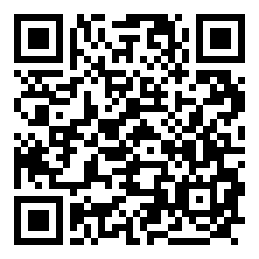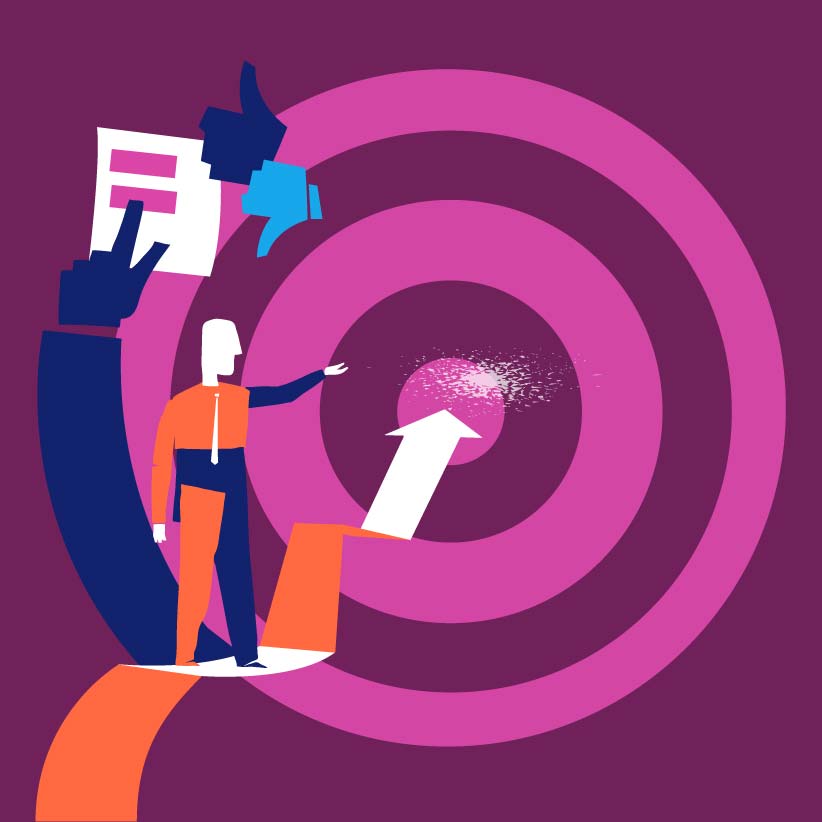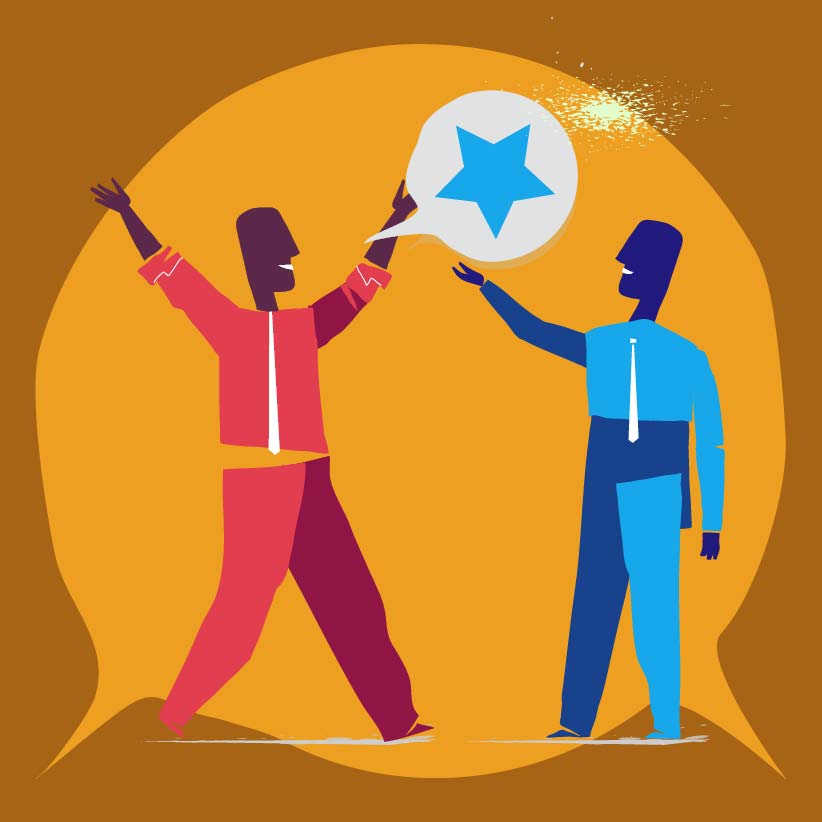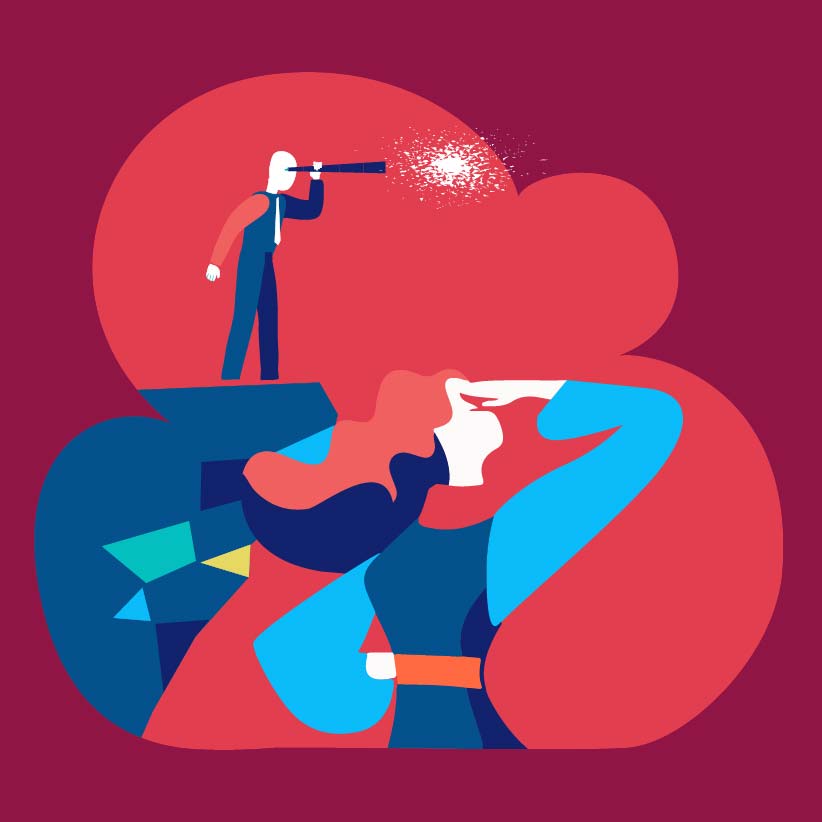I Am a Designer Anthropologist
My job, designing brands for clients with global reach, involves a different approach from that of a traditional designer.
Opinion Space
- Comments:
- 1
- Votes:
- 5
- ES
Today, organizations and companies strive to expand into international markets, requiring their communications to connect with diverse and unfamiliar cultures. This need has led me to work in 26 countries, giving me confidence in designing brands for clients worldwide. Why? Because I see myself as a “designer anthropologist.” I often reflect on when I moved beyond being a conventional designer.
What Does It Mean to Be a “Designer Anthropologist”?
Design informed by anthropological methods seeks to deeply understand communities through their unique cultural and social structures, enabling effective communication that bridges cultural boundaries.
Like an anthropologist, the designer creates a map of social and cultural significance for each project. Like a designer, they chart a path to the desired outcome on this map. In essence, a “designer anthropologist” uses their expertise to interpret diverse perspectives and develop precise communication and branding strategies tailored to specific global or local contexts before any design work begins.
Anthropological design is a profession with a unique responsibility, as professionals:
-
Cannot dwell on past successes. Reflecting on previous achievements can lead to complacency. No matter how strong a reputation they build, it erodes over time without continuous effort to engage new markets and attract clients. The past provides experience and credibility, but designers must proactively maintain a presence in a dynamic global market to remain relevant.
-
Must stay vigilant. Their world is rarely static: clients come from nations with diverse political, economic, and cultural dynamics. Success depends on understanding these contexts, fostering dialogue, and building consensus rather than focusing solely on aesthetics. Reading news and staying informed become professional necessities.
-
Cannot assume they hold the ultimate truth. Truth lies with the audience. Designers must recognize that perspectives are shaped by their own biases and strive to understand the humanity and essence of each social group, even when their values, thoughts, or habits differ. The audience’s response matters more than the designer’s preconceptions. Engaging with others’ lived realities—through travel, conversation, and observation—provides deeper insight than relying on prior assumptions.
-
Are storytellers above all. Brand designers craft narratives that resonate with their audience, drawing from the deepest aspirations of individuals, companies, or organizations. A brand’s foundation lies in a clear communication strategy, which the brand visually embodies. For a “designer anthropologist,” storytelling requires understanding the cultural context and expressions of the target audience, making the process complex but essential.
-
Must never stop learning. Each project demands immersion in a new community’s culture. Designers must learn how clients’ objects hold meaning, how they express themselves, and how to communicate effectively in their language or visual traditions. For example, I once studied Arabic calligraphy and Japanese Kanji to identify appropriate symbolisms. I also learned how interactions in Turkey differ from those in Iceland, or how media exposure preferences vary between someone from Catalonia and the average U.S. citizen. This knowledge enables designers to create culturally resonant messages.
-
Cannot assume mastery of their craft. Even with extensive knowledge, each project presents unique challenges and evolving cultural contexts. Global communication trends, media, and international dynamics create new opportunities and complexities, requiring designers to adapt continually.
-
Rely on flexible methodologies. No single approach suffices. Designers may draw on anthropological, sociological, or psychological techniques, as well as strategies from politics, advertising, or art, to achieve the desired outcome.
-
Don’t require “modern” academic credentials. Brand designers can work remotely with collaborators worldwide, relying on their skills and a laptop to complete most tasks.
Is All of This Necessary?
Some might believe that creativity alone can uncover a universal symbol or brand that resonates with diverse global audiences. However, this approach is risky, as evidenced by numerous failed branding efforts.
Ultimately, designing brands is an exhilarating journey that fosters personal and professional growth. It’s a profession that bridges communication and understanding across cultures. Yet, it is also dynamic, uncertain, and demanding, with no fixed endpoint. Designers can endlessly explore a topic, but they must remember that it is a job—not the sole path to understanding the shared human experience.
Specialized Training
Complement your vision with structured training. Our courses provide the technical and strategic tools that the current market demands.
View Academic OfferShare
Please value the editorial work by using these links instead of reproducing this content on another site.

Topics covered in this article
What do you think?
Your perspective is valuable. Share your opinion with the community in the discussion.
Comment now!



